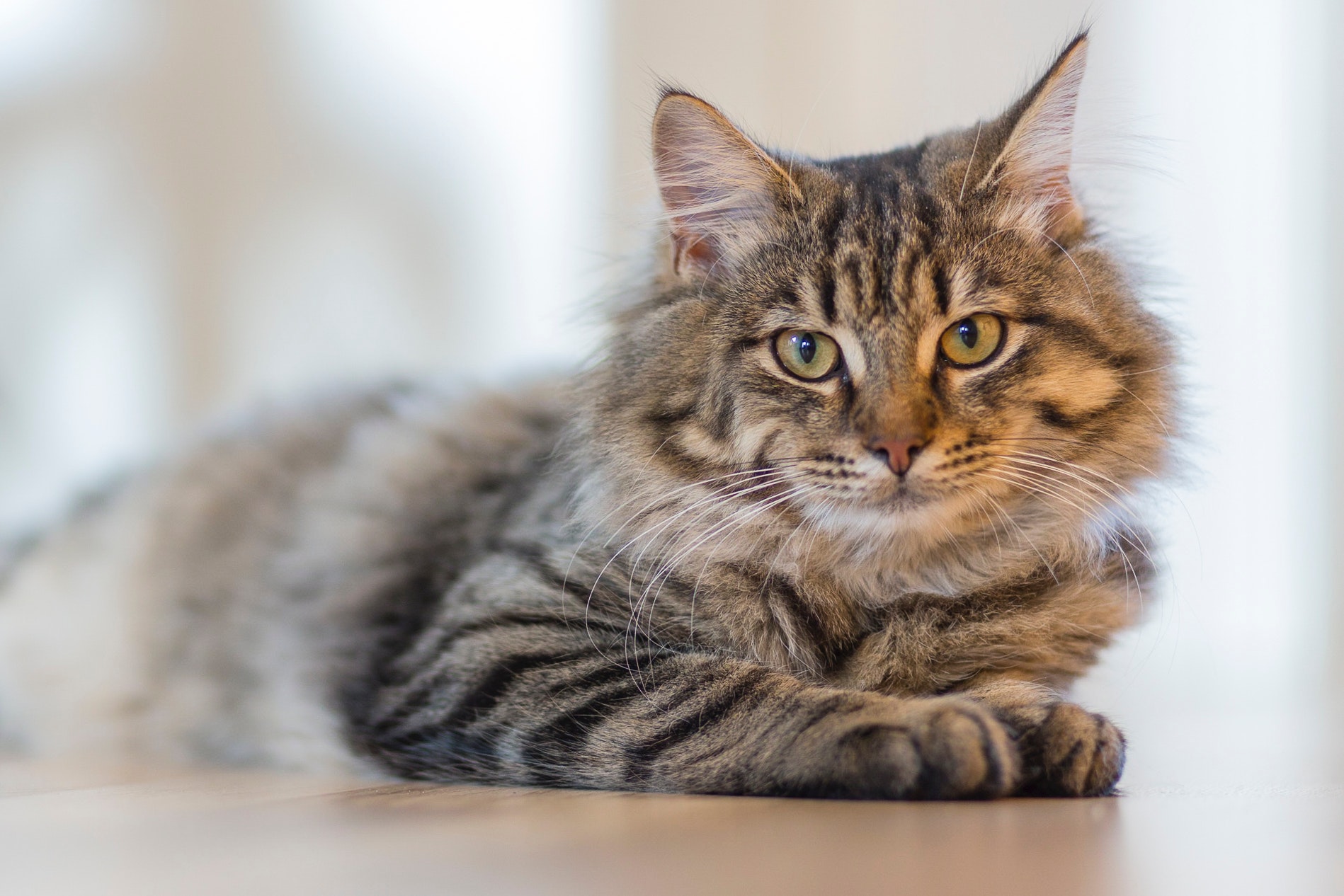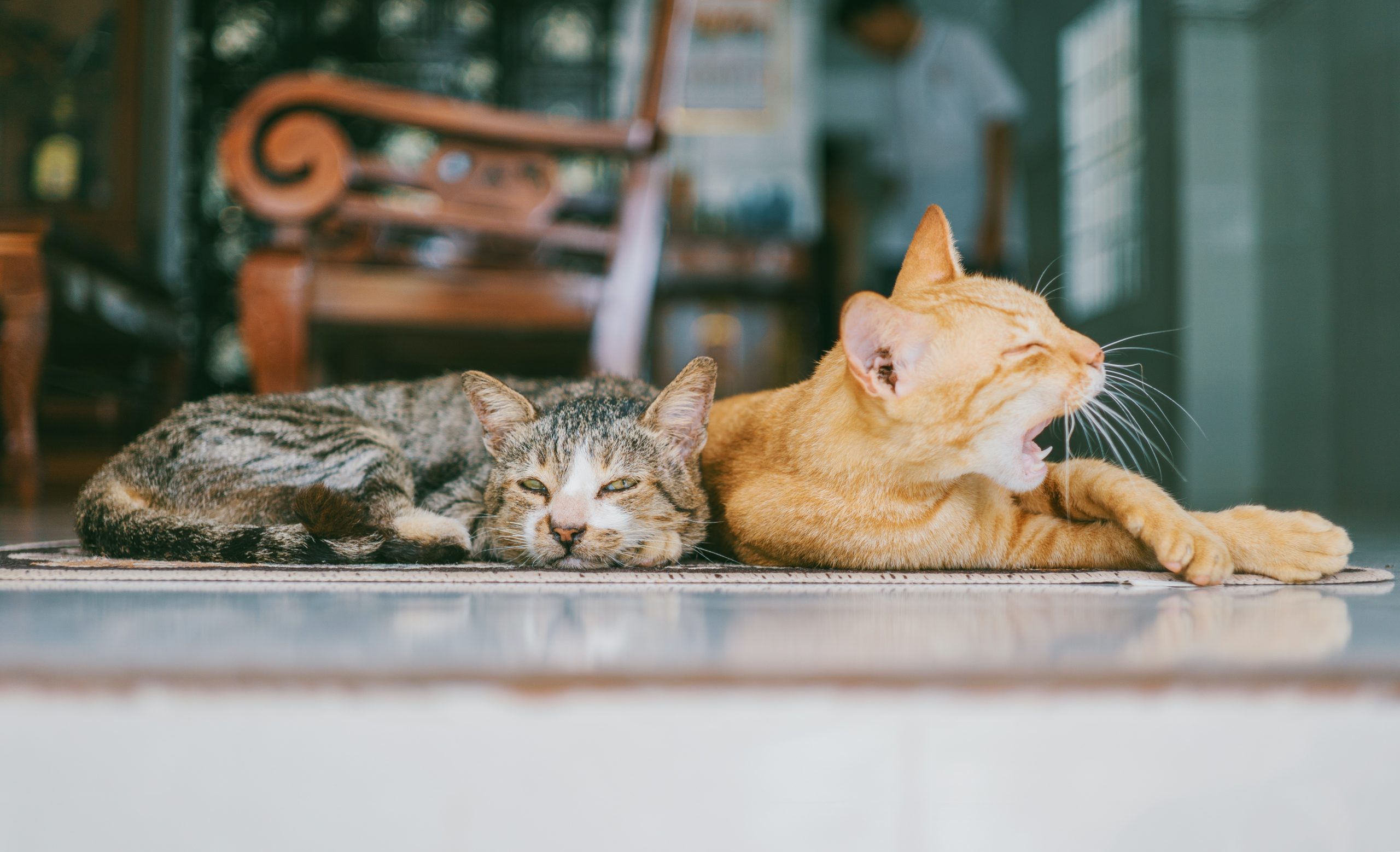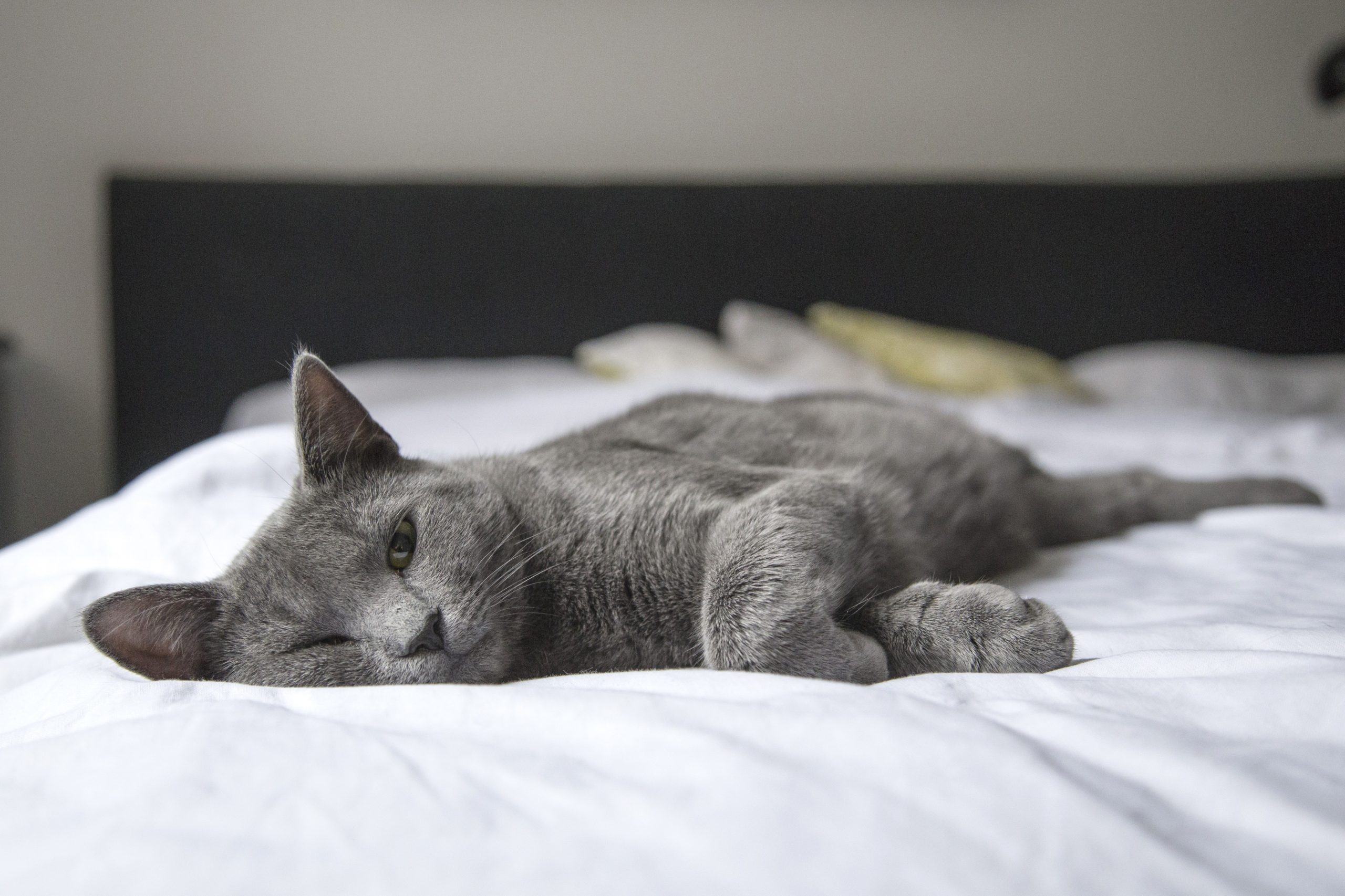Diabetes in Cats
Diabetes mellitus is a medical condition where there is an excessive amount of blood sugar (glucose), caused by an inadequate production of insulin, or when the body’s cells are unable to use available insulin to take glucose from the blood.
Insulin is a hormone produced and released by specialized cells in the pancreas, which permits the body’s cells to take glucose from the blood and use it for their metabolism and other functions.
Type 1 diabetes (referred to as ‘insulin dependent’ diabetes) occurs when the pancreas doesn’t make enough insulin. Type 2 diabetes, also referred to as ‘relative insulin deficiency’, occurs when the body’s cells develop ‘insulin resistance’, meaning that they are unable to effectively use available insulin, or when the pancreas is producing some insulin, but not enough to serve the body’s needs.
Diabetes may also occur in cats secondary to another disease (e.g. hyperadrenocorticism) or to certain forms of drug therapy (e.g. prolonged high doses of corticosteroids).
Most diabetic cats have type 2 diabetes. However, many of them still require insulin for adequate control of their illness.
What are the signs of diabetes?
Diabetes is more commonly seen in middle-aged to older cats, and in males. The disease is also much more common in neutered cats and overweight cats – being overweight and leading a sedentary lifestyle are two of the most common causes of an impaired tissue response to insulin (insulin resistance) which is a critical component of the disease.
In the UK, Australia, and New Zealand it has been established that Burmese cats are more commonly affected than other breeds of cats. Risk factors for the development of diabetes in these Burmese cats include advancing age, chronic or recurring medical problems, dental disease, repeated corticosteroid treatment, confinement indoors, lower physical activity and greater body weight; male and female Burmese cats are equally likely to develop Diabetes Mellitus.
Clinical signs may vary depending on the stage of disease, but they can include the following:
- Increased drinking and urination
- Urinating outside of the litterbox
- Weight loss
- Vomiting
- Dehydration
- Lethargy (tiredness)
- Increase or decrease in appetite
How is diabetes diagnosed?
Diagnosis of diabetes depends on the finding of high blood sugar in the blood and the urine, together with the signs of disease above. This can be difficult in cats as blood sugar rises when cats are stressed, as often happens with visits to the veterinarian, and with blood sampling. In these cases, blood is sent to the laboratory for a specific test that measures the average level of blood glucose during the previous 2-3 weeks.
How is diabetes treated?
Some cats are in a subclinical state (that is, they have diabetes without the signs), and the presence of another disease causes them to become clinical. In these cases, diagnosis and treatment of the concurrent disease will be sufficient.
For overweight or obese it is very important to normalise their body weight. This itself may result in resolution of the diabetes (because obesity interferes with the action of insulin). Weight loss can be achieved through a combination of reduced calorie intake and increased exercise. If your cat is significantly overweight then your vet may suggest a special weight reduction diet to help.
If a diabetic cat is untreated, he may develop severe illness called diabetic ketoacidosis due to derangements in metabolism. These cats can be very ill with vomiting, weakness, coma, and eventually death. Hospitalisation will be required to treat these secondary complications as well as controlling the diabetes.
A healthy diabetic cat will be treated with insulin injections. These are usually given twice daily and are easy and painless to give under the skin. The type of food is important, as is the timing of feeding to correspond to the action of the insulin. Your cat may be hospitalised for a few days to establish the initial insulin dose, although this may be difficult if your cat is stressed by being in hospital thereby raising it’s blood glucose levels, or if he won’t eat properly.
Individual cats may respond differently to different types of insulins, but most cats will require twice daily injection of an intermediate- or long-acting type of insulin. Some cats can be managed with once daily injections.
What is the long-term outlook for my cat?
After being discharged from hospital, your cat will need to return for a serial glucose curve to look at the levels of blood glucose and how they change during the day. Adjustments will be made in the amount of insulin given, and sometimes in the timing of feeding.
An obese cat will be required to lose weight under the guidance of your veterinarian. There is continuing research over the dietary management of feline diabetes. The current recommendation is to feed an otherwise healthy diabetic cat a low-carbohydrate food (< 12% calories as carbohydrates). Moist (canned) foods are preferable because they usually contain less carbohydrate than dry foods, high in protein, and are meal-fed, making them less available for excessive consumption. The increased water content may also help increase the sensation of fullness and decrease begging behaviour in some cats.
If a cat will only eat dry food, it should be meal-fed and not left out free choice, particularly in overweight or obese diabetic cats. Alternatively, ask for your vet’s assistance in changing the diet gradually to low carb/high protein canned foods.
It is also important to give the prescribed amount of food at the prescribed time to correspond with the peak activity of the insulin injection. Day to day routines, feeding (type of food, frequency), activity, and body weight should be kept as constant as possible as this will help minimise fluctuations in insulin needs.
Many cats live active, happy lives once their diabetes is well regulated. Since insulin requirements can change with time, sometimes even reducing to zero, diabetic cats need to be monitored closely. Watch for the return of the signs of illness, such as drinking excessively, and the level of appetite and activity. Report any changes to your veterinarian.
Could my cat develop hypoglycaemia?
If your cat receives too much insulin, blood sugar levels could become very low. Hypoglycaemia manifests as weakness and lethargy, unsteadiness, trembling, and sometimes seizures. Giving a tablespoon of glucose or sugar solution, or rubbing honey or maple syrup on the gums, will help alleviate these signs. For mildly affected cats, giving some of its normal food is often enough.
Obtain veterinary advice as soon as possible, and an adjustment in the insulin dose may be required.



